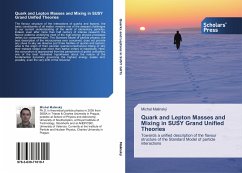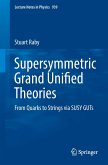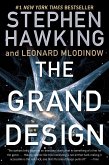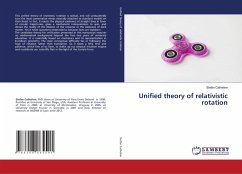The flavour structure of the interactions of quarks and leptons, the basic constituents of all matter, remains one of the deepest challenges to our current understanding of the world of elementary particles. Indeed, even after more than half century of intense research the flavour patterns underlying most of the high-energy physics processes defies our comprehension. The Standard Model of particle physics, the best description of the microcosmos ever conceived, does not provide any clues to why we observe just three families of quarks and leptons, what is the origin of their peculiar quantum-mechanical mixing or why their masses range over more than twelve orders of magnitude. Here, this conundrum is approached from the perspective of grand unification, one of the best motivated hypotheses about the nature of the fundamental dynamics governing the highest energy scales and, possibly, even the very birth of the Universe.
Bitte wählen Sie Ihr Anliegen aus.
Rechnungen
Retourenschein anfordern
Bestellstatus
Storno








